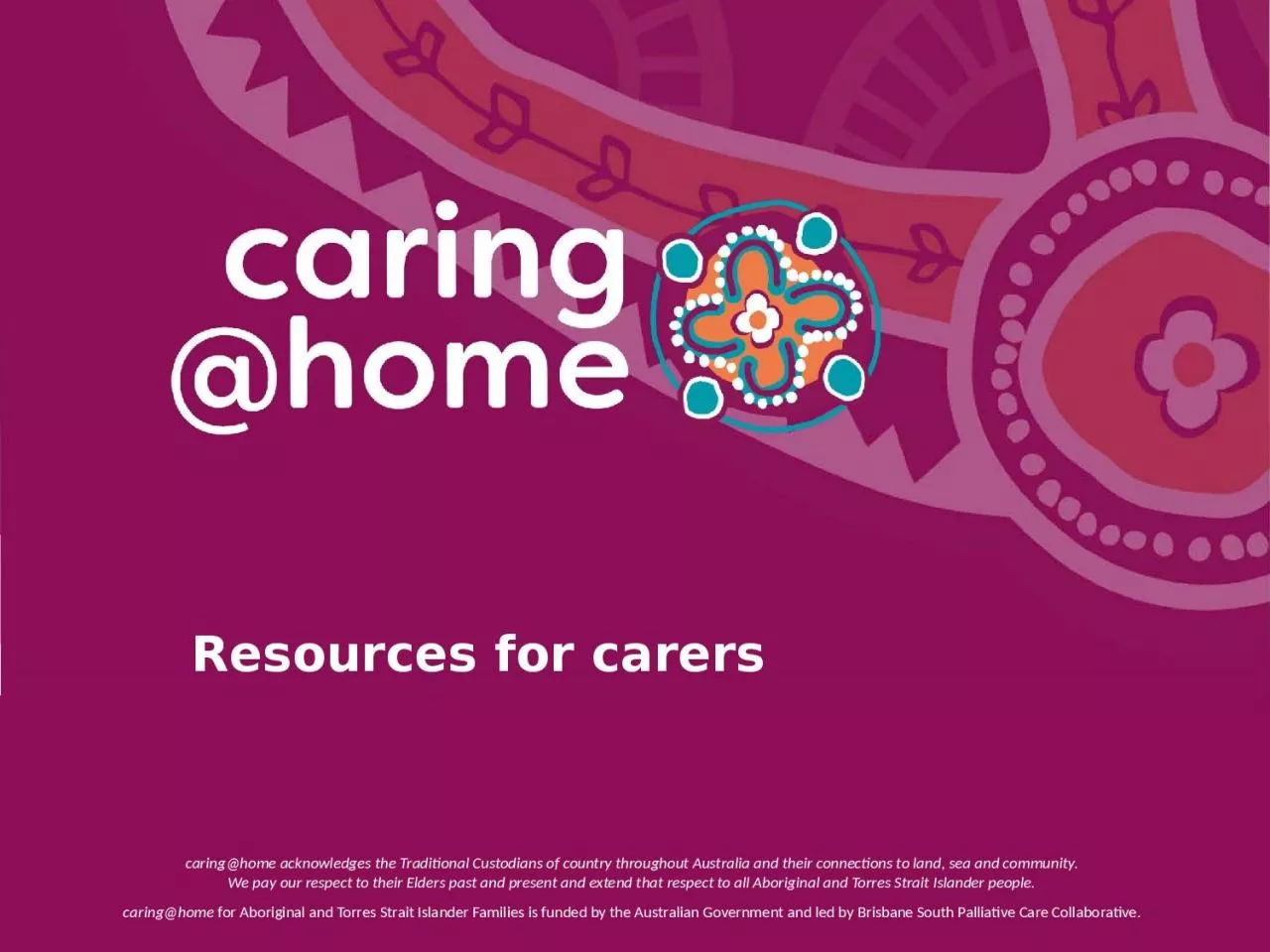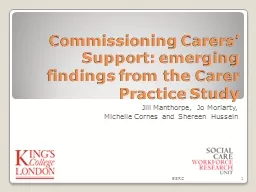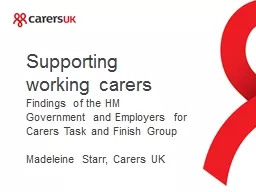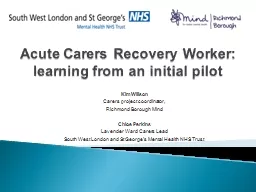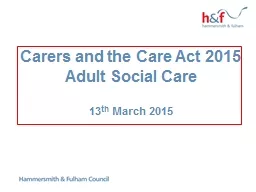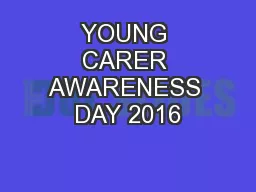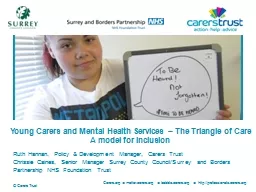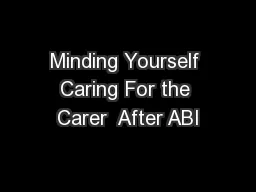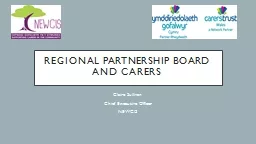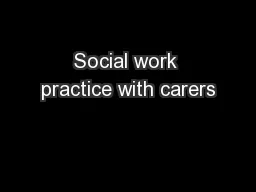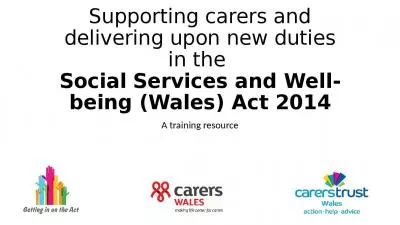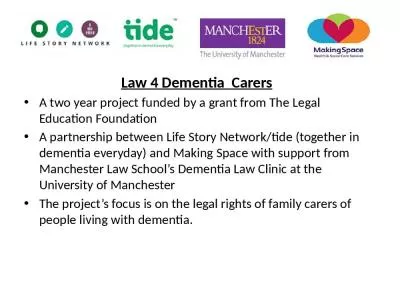PPT-Resources for carers caring@home
Author : edolie | Published Date : 2024-01-29
acknowledges the Traditional Custodians of country throughout Australia and their connections to land sea and community We pay our respect to their Elders past and
Presentation Embed Code
Download Presentation
Download Presentation The PPT/PDF document "Resources for carers caring@home" is the property of its rightful owner. Permission is granted to download and print the materials on this website for personal, non-commercial use only, and to display it on your personal computer provided you do not modify the materials and that you retain all copyright notices contained in the materials. By downloading content from our website, you accept the terms of this agreement.
Resources for carers caring@home: Transcript
Download Rules Of Document
"Resources for carers caring@home"The content belongs to its owner. You may download and print it for personal use, without modification, and keep all copyright notices. By downloading, you agree to these terms.
Related Documents

